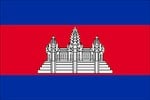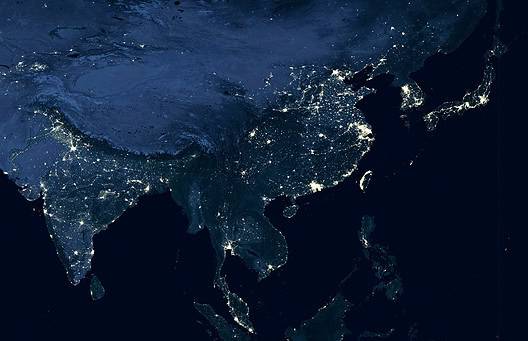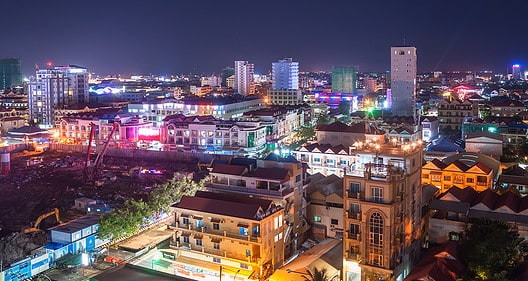Includes historical data for Cambodia’s Gross Domestic Product growth, debt-to-GDP ratio and more, as well as information on trade, banking and financial sector leadership.
Economy Powered By Tourism, Trade, Foreign Investment
Cambodia’s economy benefits from a dynamic tourism sector, robust garment exports and a youthful population, with almost 50% of the citizens under the age of 20. Over the past decade, the economy has grown on average by over 5%.
The government actively seeks foreign investment, offering incentives such as reduced corporate tax rates and full foreign ownership of companies. Regional integration through agreements such as ASEAN and the Regional Comprehensive Economic Partnership (RCEP) serves as an additional catalyst.
Yet, regulatory transparency concerns and systemic corruption impact investor confidence. Furthermore, despite major investments in public infrastructure, limited transport and logistics capacity, along with unreliable energy supply, continue to impose high costs on businesses and consumers. Other weaknesses include extreme weather vulnerability, dependence on imports of energy and goods, and heavy reliance on Chinese financing.
Cambodia GDP & Economic Overview
Macroeconomy & Sovereign Data
| Type of Government | Parliamentary constitutional monarchy |
|---|---|
| Capital | Phnom Penh |
| Sovereign Ratings |
S&P: Not rated Moody’s: B2 Fitch: Not rated |
| Total Population | 16.3 million |
| Median Age | 27.1 |
| Adult Per Capita Income (PPP) | USD 7,287 |
| Total GDP (2023) | USD 33.2 billion |
Most Recent Content
Cambodia
Banking & Finance
Trade & Investment
| Total Exports | USD 43 billion (2022) |
|---|---|
| Leading Exports |
Clothing And Footwear Trunks And Cases Rice, Rubber Light Fixtures |
| Total Imports | USD 35 billion (2022) |
| Leading Imports |
Refined Petroleum Clothing Gold Cars Flavored Water |
Source: IMF, CIA The World Factbook
Cambodia Leading Companies
| Canadia Bank | Financials |
|---|---|
| Acleda Bank | Financials |
| Sokimex | Trading Companies & Distributors |
| CW Group | Construction & Engineering |
| Cambodia Airways | Industrials |
| Angkor Beer | Consumer Staples |
| Phnom Penh Special Economic Zone | Real Estate Investment Trusts |
Major Trade Partners — Import
| China | 33.7% |
|---|---|
| Singapore | 17.8% |
| Thailand | 12.1% |
| Vietnam | 11.0% |
| Switzerland | 3.4% |
Major Trade Partners — Export
| United States | 42.6% |
|---|---|
| China | 8.6% |
| Japan | 6.2% |
| Canada | 5.4% |
| Germany | 5.0% |
Global Finance Rankings & Awards
Data Sources:
UN World Population Prospects
World Inequality Report
S&P Global Ratings
Moody’s
Fitch Ratings
IMF Direction of Trade Statistics (DOTS)
UN Conference on Trade and Development (UNCTAD)
CIA The World Factbook
World Bank’s World Integrated Trade Solution
Forbes Global 2000







